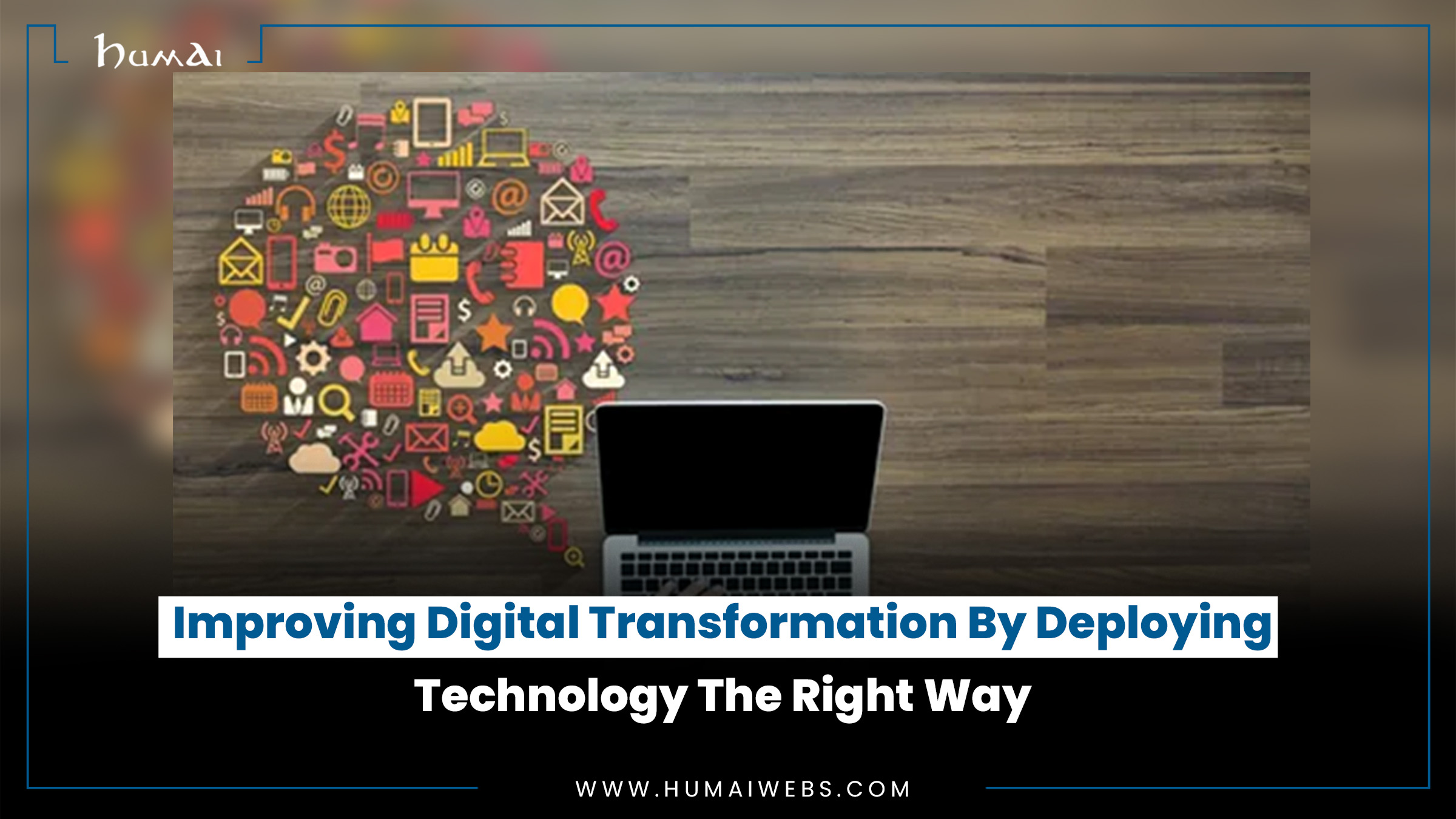Edge Computing Trends to Watch in 2023 and Beyond
Edge computing is a relatively new field in the world of computing, but it is growing rapidly. The idea behind edge computing is to bring data processing closer to where the data is generated, which can significantly improve performance and reduce latency. In recent years, It has become an increasingly popular technology trend, and there are many exciting developments happening in this space. In this blog, we’ll take a look at some of the latest trends in edge computing.
1.Increased use of AI and Machine Learning at the Edge
Artificial intelligence (AI) and machine learning (ML) are becoming increasingly popular in edge computing. By using AI and ML algorithms at the edge, it’s possible to process data in real-time, without needing to send it to the cloud. This can significantly improve performance and reduce latency. For example, self-driving cars use AI and ML algorithms to process sensor data in real-time, enabling them to make split-second decisions on the road.
2.Advancements in Edge Hardware
As edge computing becomes more popular, we see advancements in edge hardware. One of the most exciting developments is the emergence of powerful, low-power edge processors. These processors are designed specifically for edge computing workloads and are capable of processing large amounts of data in real-time without consuming too much power.
3.Growth of Edge-to-Cloud Computing
Edge-to-cloud computing is a hybrid approach that combines the benefits of edge computing with the scalability of cloud computing. In this approach, data is processed at the edge when it is generated and then sent to the cloud for further processing and analysis. This allows organisations to leverage the benefits of This computing while still being able to take advantage of the scalability and cost-effectiveness of cloud computing.

4.Increased Use of Edge Computing in IoT
The Internet of Things (IoT) is an area that is seeing significant growth in edge computing. By processing data at the edge, IoT devices can make real-time decisions without needing to send data to the cloud. This can be particularly useful in industrial applications, where real-time decision-making is critical.
5.Improved Security at the Edge
As more data is processed at the edge, security becomes an increasingly important consideration. In response to this, we’re seeing advancements in edge security, such as the use of hardware-based security features and the development of secure communication protocols.
6.Edge Computing in 5G Networks
5G networks are set to revolutionize the way we use mobile devices and the internet. One of the key features of 5G networks is their ability to support edge computing. With 5G networks, data can be processed at the edge in real-time, enabling new use cases such as autonomous vehicles and smart cities. As 5G networks continue to roll out, we can expect to see an increasing number of edge computing applications that take advantage of this technology.
7.Edge Computing for Video Streaming
Video streaming is one of the most popular activities on the internet, and it’s a use case that can greatly benefit from edge computing. By processing video at the edge, it’s possible to reduce latency and improve the overall quality of the streaming experience. For example, by using edge computing, a video platform can deliver high-quality video content to users in remote locations, without needing to send data back to the cloud for processing.
8.Edge Computing for Augmented Reality and Virtual Reality
Augmented reality (AR) and virtual reality (VR) are becoming increasingly popular, but they require significant computing power to deliver a seamless experience. By using edge computing, it’s possible to process AR and VR data in real-time, enabling new use cases such as remote training and virtual events. As AR and VR technologies continue to evolve, we can expect to see an increasing number of edge computing applications that take advantage of these technologies.
9.Edge Computing for Edge-AI Applications
Edge-AI applications are those that use artificial intelligence algorithms at the edge. By using AI at the edge, it’s possible to process data in real-time and make intelligent decisions without needing to send data to the cloud. This can be particularly useful in applications such as autonomous vehicles and robotics, where real-time decision-making is critical.
10.Increased Adoption of Containerization in Edge Computing
Containerization is a technology that enables applications to run in isolated environments, making it easier to deploy and manage applications across different environments. As edge computing continues to grow, we’re seeing an increasing adoption of containerization in this space.
Summary:
In conclusion, edge computing is an exciting field that is growing rapidly. With the increased use of AI and machine learning at the edge, advancements in edge hardware, and the growth of edge-to-cloud computing, there are many exciting developments happening in this space. As organisations continue to adopt edge computing, we can expect to see even more innovative solutions emerge in the coming years.







